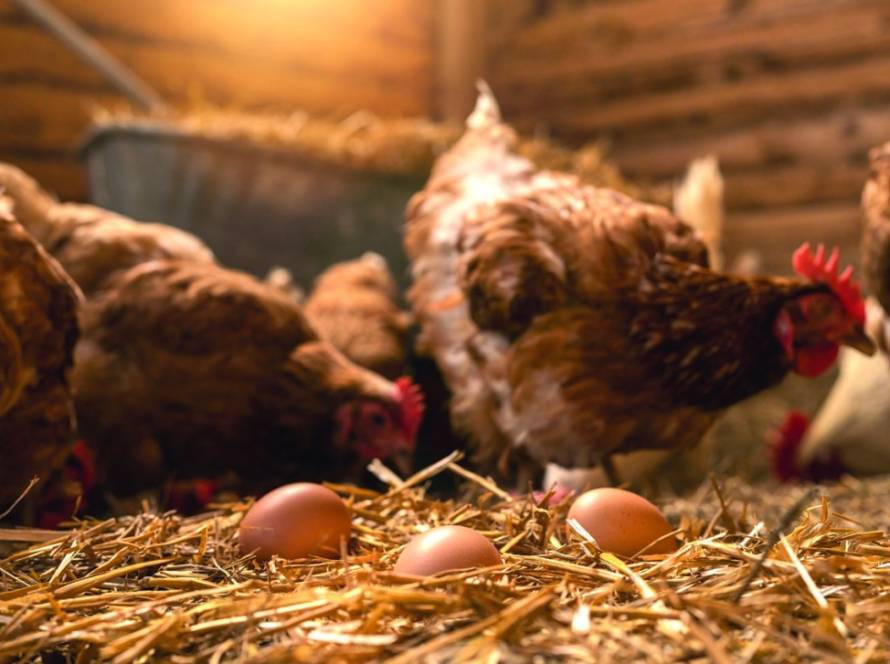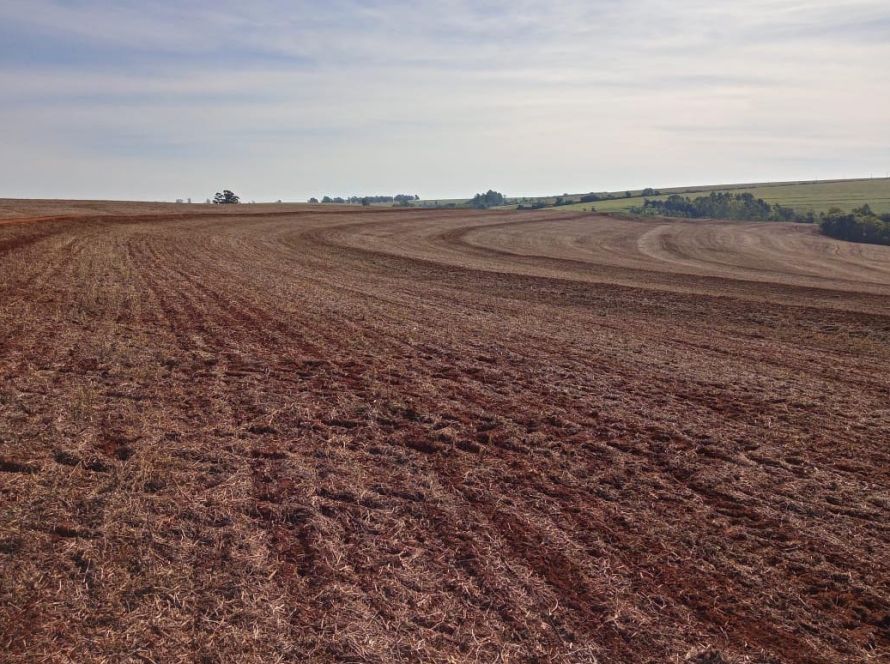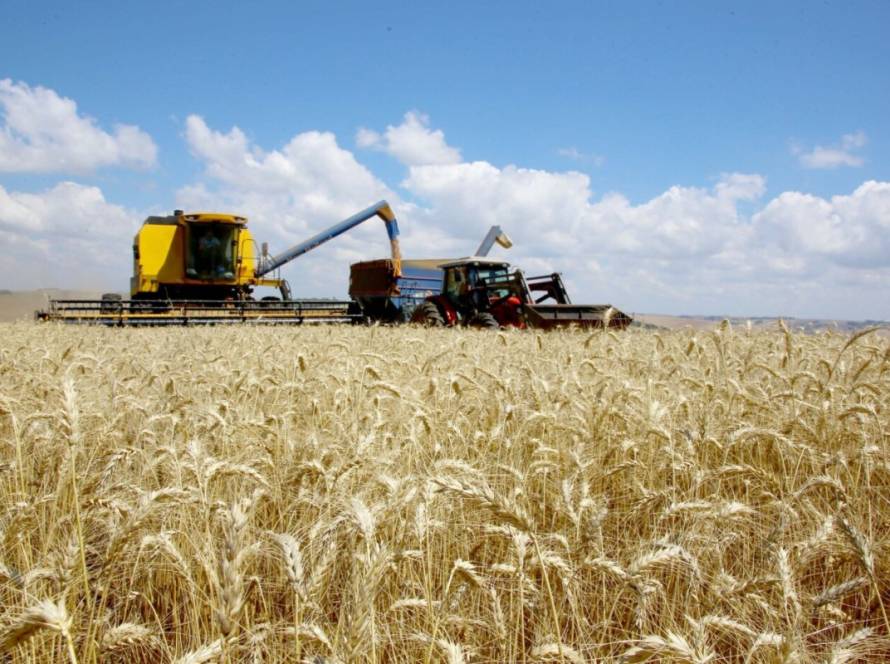The Ministry of Agriculture and Livestock (Mapa) received the document with the proposal for the Agricultural and Livestock Plan 2025/26, prepared by the Brazilian Confederation of Agriculture and Livestock (CNA). The delivery was made on Thursday (24) by the technical director of CNA, Bruno Lucchi, to the secretary of Agricultural Policy, Guilherme Campos.
 The proposal brings together ten priority points for agribusiness and rural producers, with the aim of contributing to the preparation of the 2025/26 Harvest Plan, which aims to support and finance agricultural production in Brazil.
The proposal brings together ten priority points for agribusiness and rural producers, with the aim of contributing to the preparation of the 2025/26 Harvest Plan, which aims to support and finance agricultural production in Brazil.
On the occasion, Secretary Guilherme Campos highlighted the importance of the partnership between MAPA and CNA in the construction of the next plan. “It is essential that the main entity in the sector is on the Ministry’s side, presenting its concerns and making pertinent points, which will be considered in the design of the Safra Plan. I am certain that it will be another great plan,” he stated.
In addition to delivering the document, the representatives discussed the main issues and difficulties faced by rural producers, focusing on defining resources for financing, investment and rural insurance. For the Rural Insurance Premium Subsidy Program (PSR), the proposal provides for a broader scope, in addition to encouraging financing through dollarized lines.
 CNA’s technical director, Bruno Lucchi, emphasized that MAPA is the main interlocutor within the Federal Government for presenting the priorities of rural producers. According to him, the document was prepared based on a comprehensive analysis of all regions of the country. “We are willing to join forces with MAPA to provide rural producers with the best possible proposal. We have ample room to develop measures that increase competitiveness, ensuring that public policy, which is essential for the sector, reaches producers efficiently, without getting lost in transaction costs,” he stated.
CNA’s technical director, Bruno Lucchi, emphasized that MAPA is the main interlocutor within the Federal Government for presenting the priorities of rural producers. According to him, the document was prepared based on a comprehensive analysis of all regions of the country. “We are willing to join forces with MAPA to provide rural producers with the best possible proposal. We have ample room to develop measures that increase competitiveness, ensuring that public policy, which is essential for the sector, reaches producers efficiently, without getting lost in transaction costs,” he stated.
The document was created in conjunction with agriculture and livestock federations, rural unions, producers and sector entities, based on meetings held with representatives from the North, Northeast, South, Southeast, Central-West and Matopiba regions (Maranhão, Tocantins, Piauí and Bahia).





